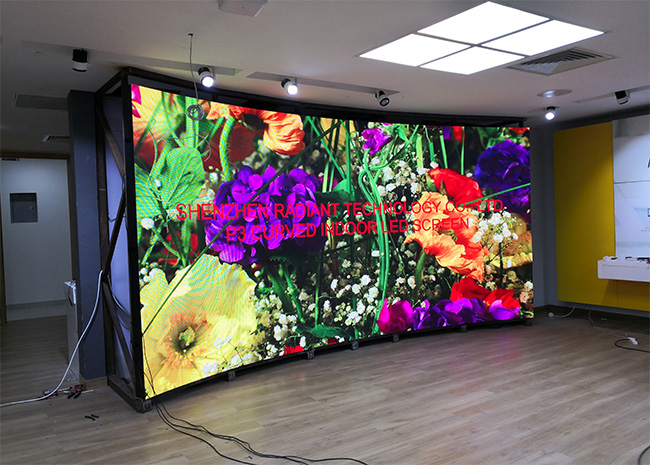Mastering Color Precision in Light Emitting Diode Wall Adjustment for Stunning Graphic Presentations
Mastering Color Precision in Light Emitting Diode Wall Adjustment for Stunning Graphic Presentations
Blog Article
Hue accuracy is essential for producing breathtaking visual presentations, particularly when employing LED screens. These large displays are commonly found in locations like music venues, sports arenas, and advertising billboards. When the hues on an LED wall are not correct, the visuals can look dull or warped, which can impact the overall experience for viewers. Therefore, perfecting color accuracy in LED wall tuning is vital for achieving vibrant and realistic images.
The first step in guaranteeing color accuracy is understanding how LED systems works. LEDs, or light-producing diodes, generate light in multiple colors by mixing red, green, and blue (RGB) light. Each pixel on an LED screen is made up of these three hues. When calibrated correctly, the mix of RGB can produce a broad range of hues. However, if one hue is too intense or too dim, it can throw off the whole screen. This is why tuning is needed to balance the colors and reach the intended graphic effect.
Calibration entails modifying the settings of the LED screen to ensure that the hues displayed match the initial material as closely as feasible. This process typically includes using specific software and hardware tools. Technicians often use color assessment devices, such as spectrophotometers, to examine the colors being shown. By contrasting the measured hues to benchmark color values, they can make exact adjustments. This ensures that the hues website link are not only vibrant but also uniform across the whole screen.
Another crucial aspect of color accuracy is comprehending the surroundings in which the LED wall is used. Elements such as ambient light can considerably impact how colors appear. For example, a well-lit lit room may fade colors, making them look less lively. To counteract this, technicians may modify the brightness and differentiation settings of the LED screen. Additionally, they may choose particular color profiles that are better appropriate for different lighting environments. This adaptability helps preserve color precision regardless of the observing environment.
Finally, routine upkeep and recalibration are crucial for maintaining an LED wall looking its best. Over time, the functionality of LEDs can alter due to factors like aging and temperature fluctuations. Regular checks and adjustments can help guarantee that the colors remain accurate and lively. By investing time in appropriate calibration and upkeep, venues can provide viewers with stunning visual presentations that improve their overall experience. Perfecting color accuracy in LED wall tuning is not just a technical task; it is an art that contributes to the wonder of graphic narration.